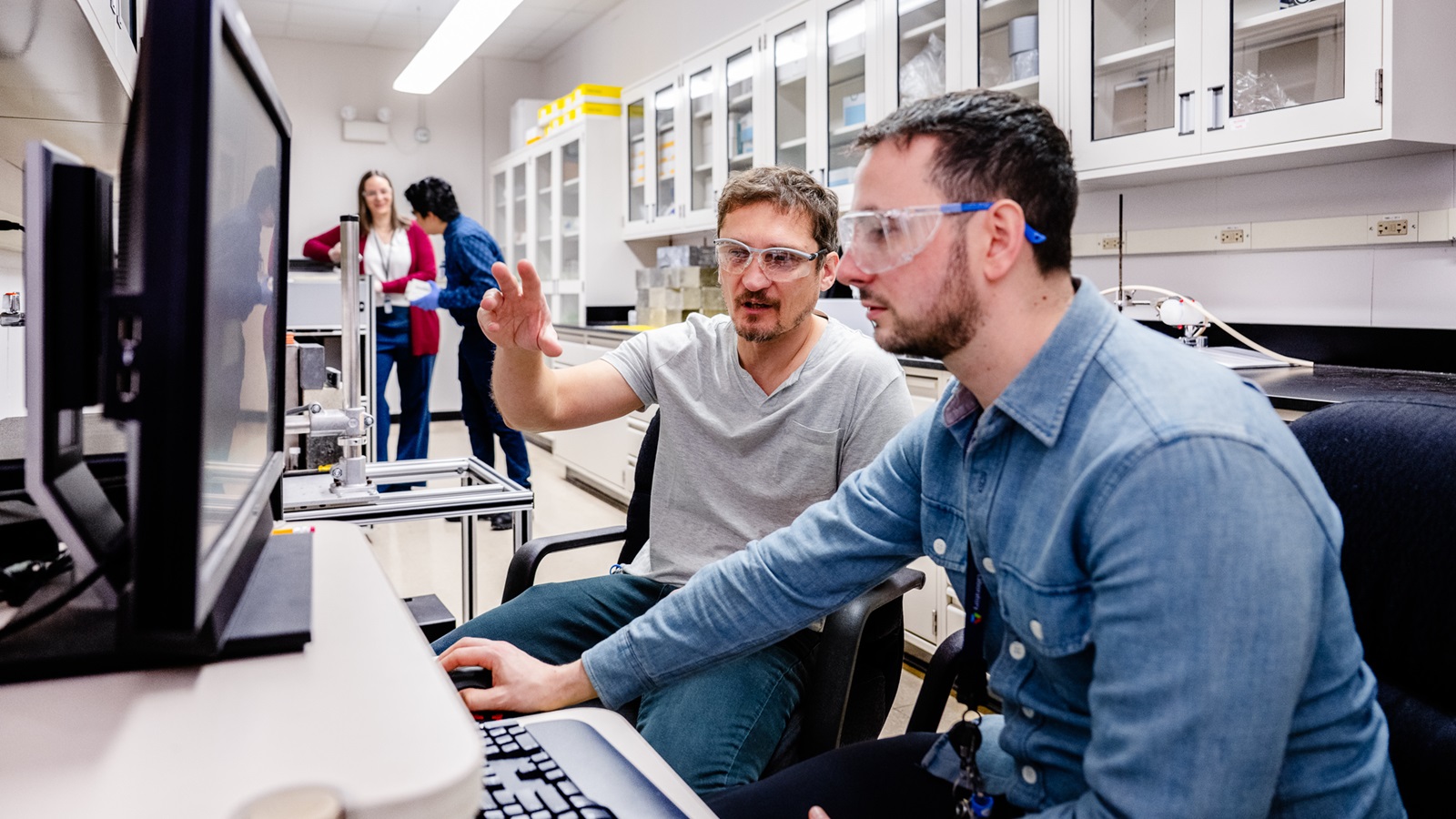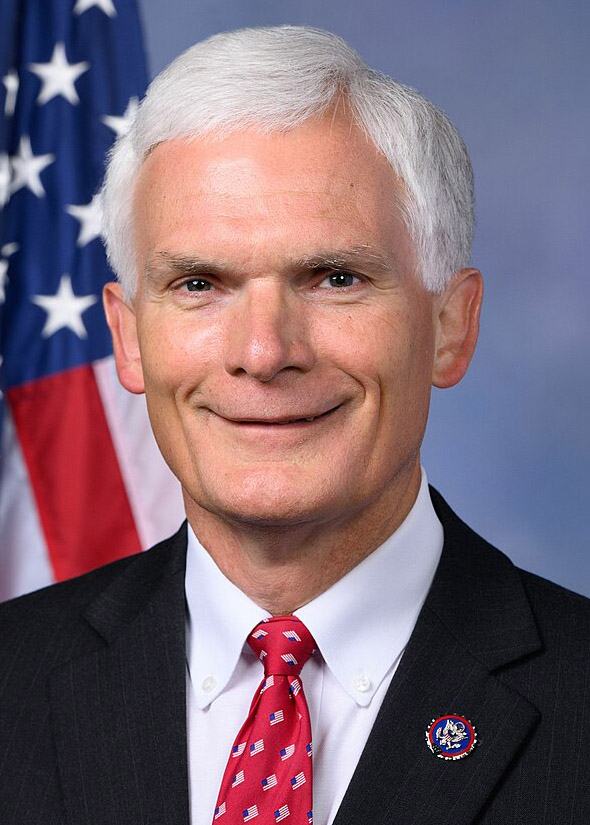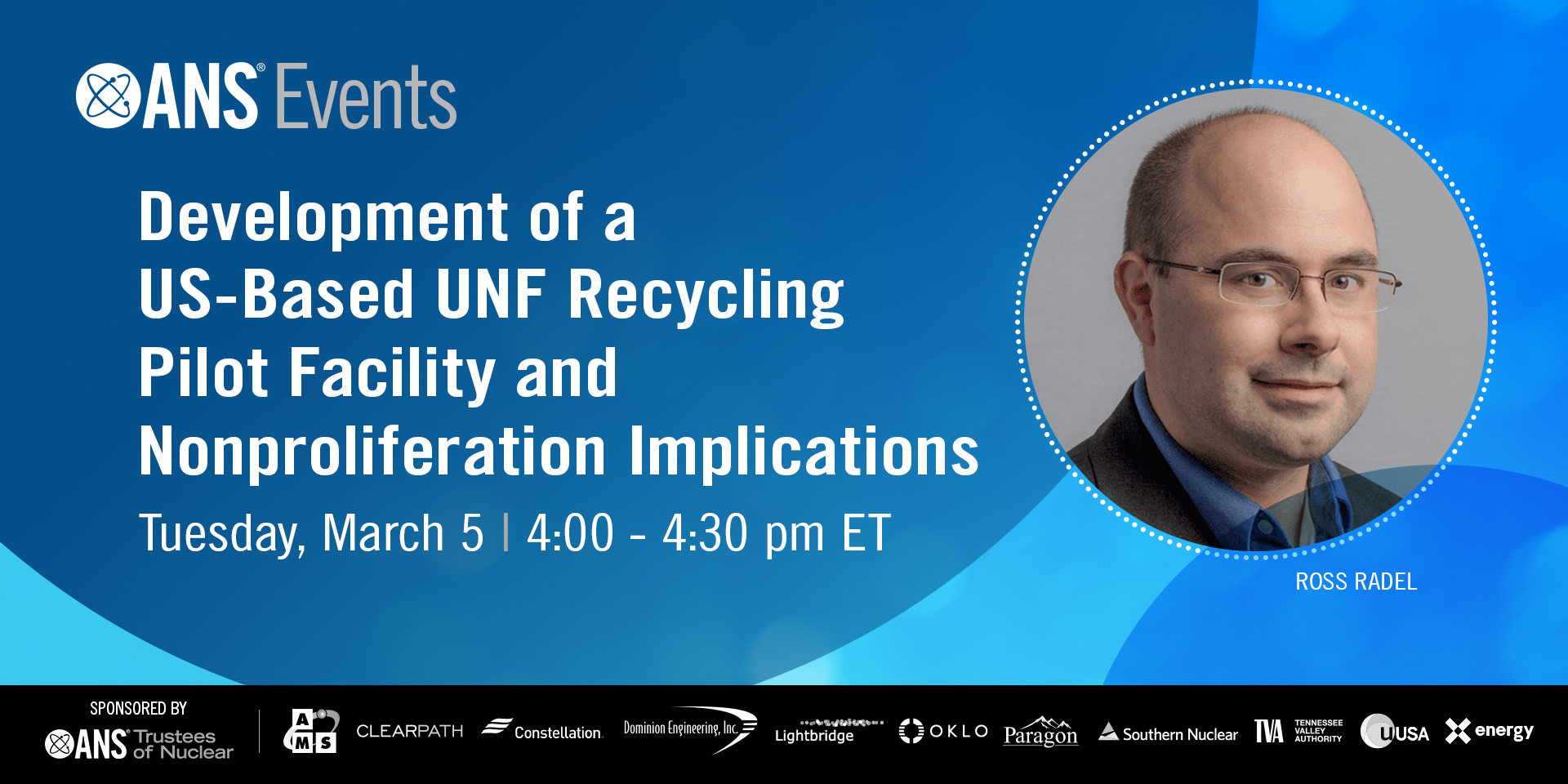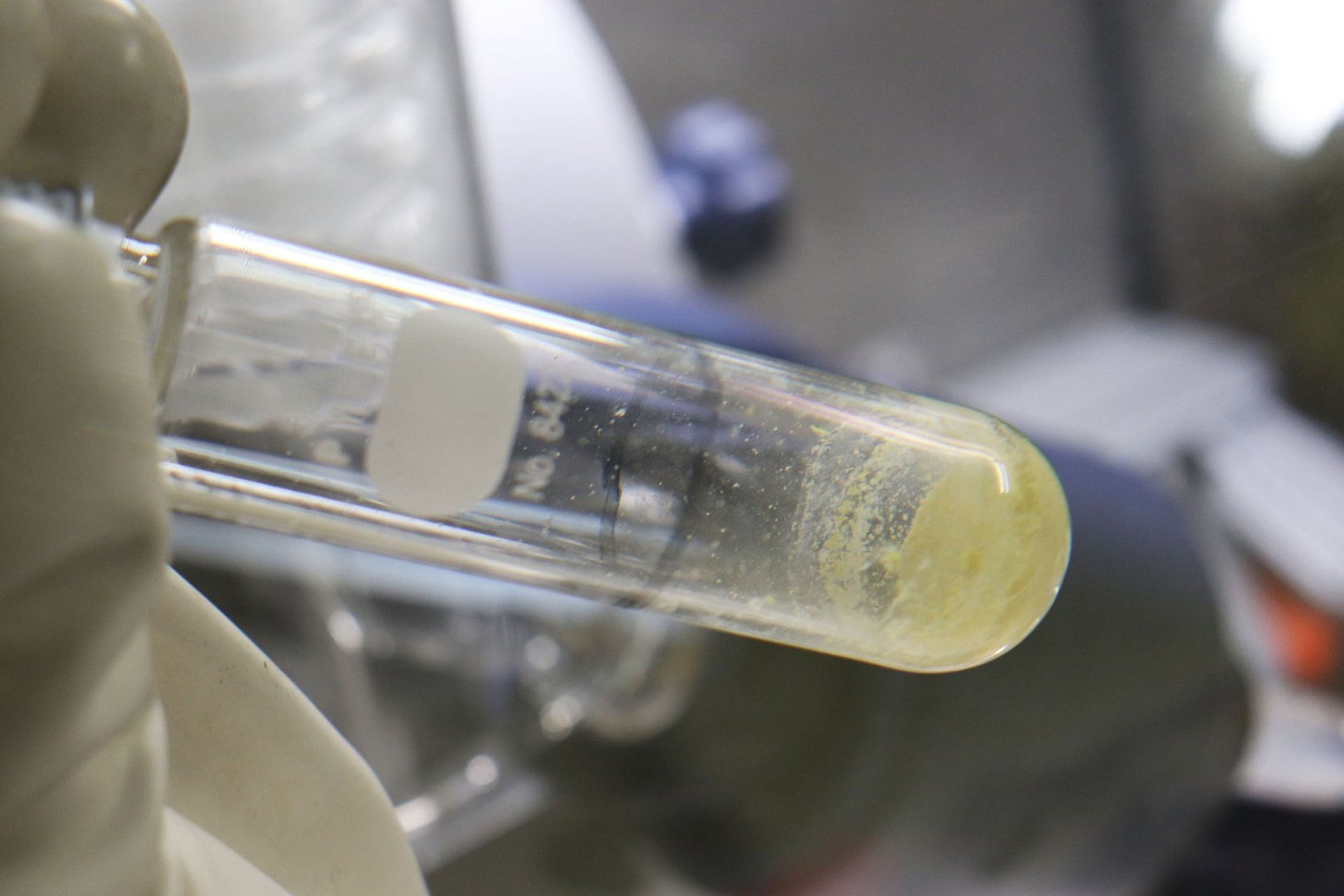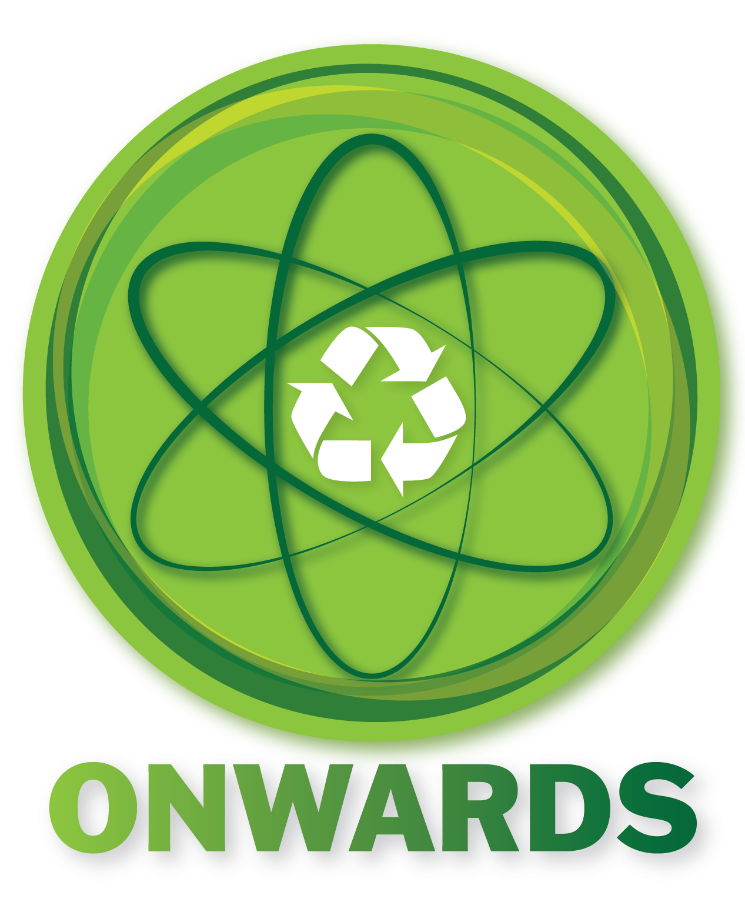Letter to DOE includes recommendations on new and existing regulations for storage, recycling, and disposal of used nuclear fuel.
WASHINGTON, D.C. — The American Nuclear Society (ANS) sent a letter to U.S. Secretary of Energy Chris Wright and the U.S. Department of Energy (DOE) in response to Executive Order 14302, “Reinvigorating the Nuclear Industrial Base.” The letter outlines expert-backed recommendations for establishing an effective national program within the United States to manage the storage, reprocessing, and final disposal of commercial used nuclear fuel once it has been in a reactor from a nuclear power plant. This stage is commonly referred to as the “back end” of the nuclear fuel cycle.
Argonne’s Peter Tkac (left) and David Bettinardi analyze results from lab experiments designed to isolate desirable products from spent nuclear fuel. (Photo: ANL)
The Department of Energy’s Argonne National Laboratory will collaborate with Wisconsin-based fusion technology company Shine to design new chemical processes for separating valuable materials from used nuclear fuel.
DeepGeo’s Laura Salonga and Copenhagen Atomics’ Thomas Jam Pedersen at the signing of a collaboration agreement in New York. (Photo: DeepGeo)
DeepGeo, a Rhode Island–based company seeking to develop multinational spent nuclear fuel repositories, and Denmark-based thorium reactor developer Copenhagen Atomics have signed a collaboration agreement that will see the companies work together on the management of nuclear fuels and waste streams associated with a thorium breeder reactor.
A spent nuclear fuel transportation container. (Photo: DOE)
Fusion systems company SHINE Technologies has notified the Nuclear Regulatory Commission that it intends to submit a license application to build and operate a pilot used nuclear fuel recycling facility.
Pictured, from left, are Steve Nesbit, Christina Leggett, John Kessler, Paul Dickman, John Mattingly, and Craig Hansen. Edwin Lyman, who joined the panel remotely, is not pictured.
Advanced reactors may be key to a clean energy future, but to prove it they’re going to need fuel—and that fuel will be derived from limited uranium resources and managed throughout the nuclear fuel cycle, whether that cycle is open (like the current fuel cycle) or closed (with reprocessing). Six panelists convened on June 12 during the Annual Meeting of the American Nuclear Society for the executive session “Merits and Viability of Advanced Nuclear Fuel Cycles: A Discussion with the National Academies.” They discussed those fuel cycles and the findings of a National Academies of Science, Engineering, and Medicine (NASEM) consensus committee released as a draft report in November 2022 and published earlier this year.
Report author Mark Lynas and RePlanet’s Joel Scott-Halkes stand next to a canister of spent nuclear fuel at the Sizewell plant in the United Kingdom. (Photo: RePlanet)
A new report from the environmental advocacy group RePlanet makes the case for recycling used nuclear fuel for use in advanced power reactors. According to the report, What a Waste: How fast-fission power can provide clean energy from nuclear waste, by using current inventories of used fuel and depleted uranium stocks in Europe and the United Kingdom, fast breeder reactors could generate between 600 and 1,000 years of carbon-free electricity for the entire European Union.
SHINE’s isotope production building, called the Chrysalis, under construction in October 2022.
In a former farm field just outside the historic town of Janesville in south-central Wisconsin, a large concrete-and-steel building is taking shape. Dubbed the Chrysalis, the building will eventually house eight accelerator-based neutron generators, which start-up company SHINE Technologies will use to produce molybdenum-99. As the precursor to the medical radioisotope technetium-99m, Mo-99 is used in tens of millions of diagnostic procedures every year, primarily as a radioactive tracer.
At the heart of the Chrysalis will be the high-flux neutron generators, being supplied by SHINE’s sister company, Phoenix. The compact accelerators use a deuterium-tritium fusion process to produce neutrons, which in turn induce a subcritical fission reaction in an aqueous low-enriched uranium target (19.75 percent uranium-235) to produce Mo-99.
An aerial view of ORNL’s main campus. (Photo: ORNL)
The Gateway for Accelerated Innovation in Nuclear (GAIN) announced the three recipients of its fourth and final round of 2022 vouchers on October 10. The vouchers were awarded to Curio Solutions, which is developing a spent fuel recycling process, and to two companies that are separately investigating advanced reactor siting—Elementl Power and the Tennessee Valley Authority (TVA). The funds for each award will go directly to Oak Ridge National Laboratory.
The DOE and a contractor recently succeeded in disposing of Oak Ridge’s low-activity U-233, but not before recovering Th-229 from the material.
A vial containing Th-299 extracted from uranyl nitrate.
This past October, the Department of Energy’s Oak Ridge Office of Environmental Management (OREM) and its contractor Isotek successfully completed processing and disposing the low-dose inventory of uranium-233 stored at Oak Ridge National Laboratory (ORNL), ending a two-year effort that has eliminated a portion of the site’s legacy nuclear material and provided rare nuclear isotopes for next-generation cancer treatment research.


